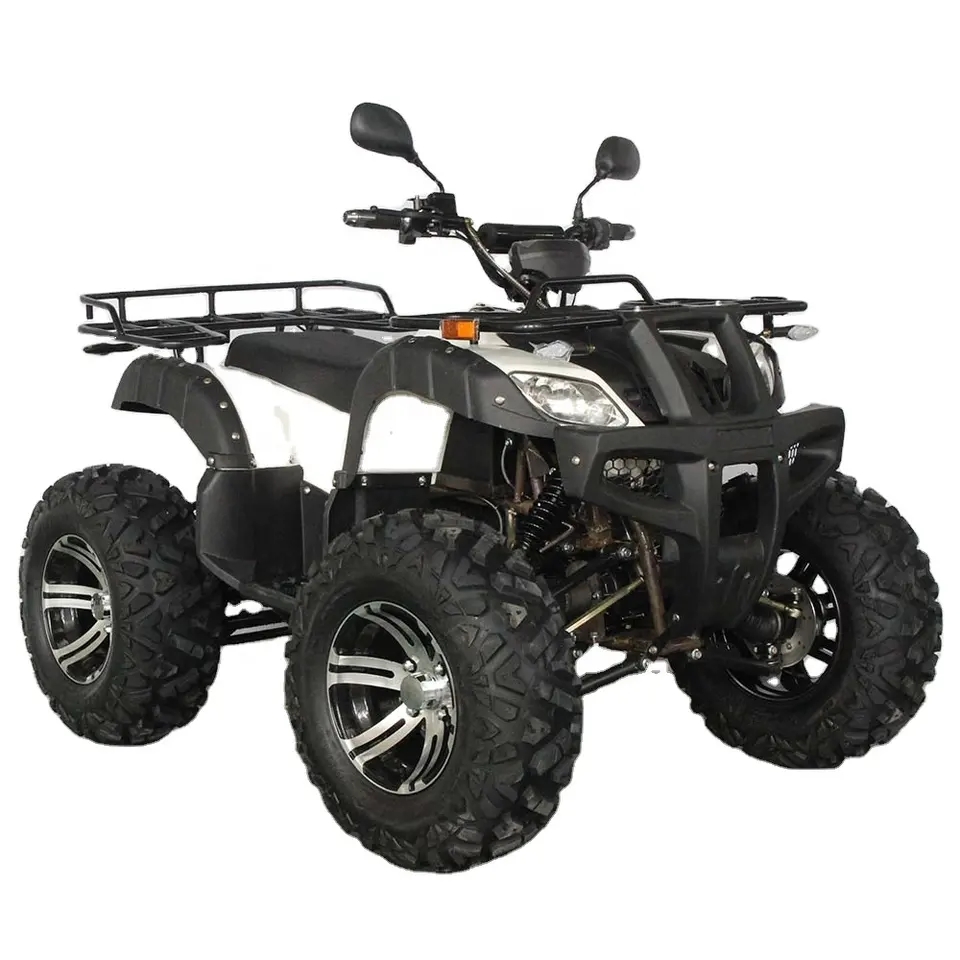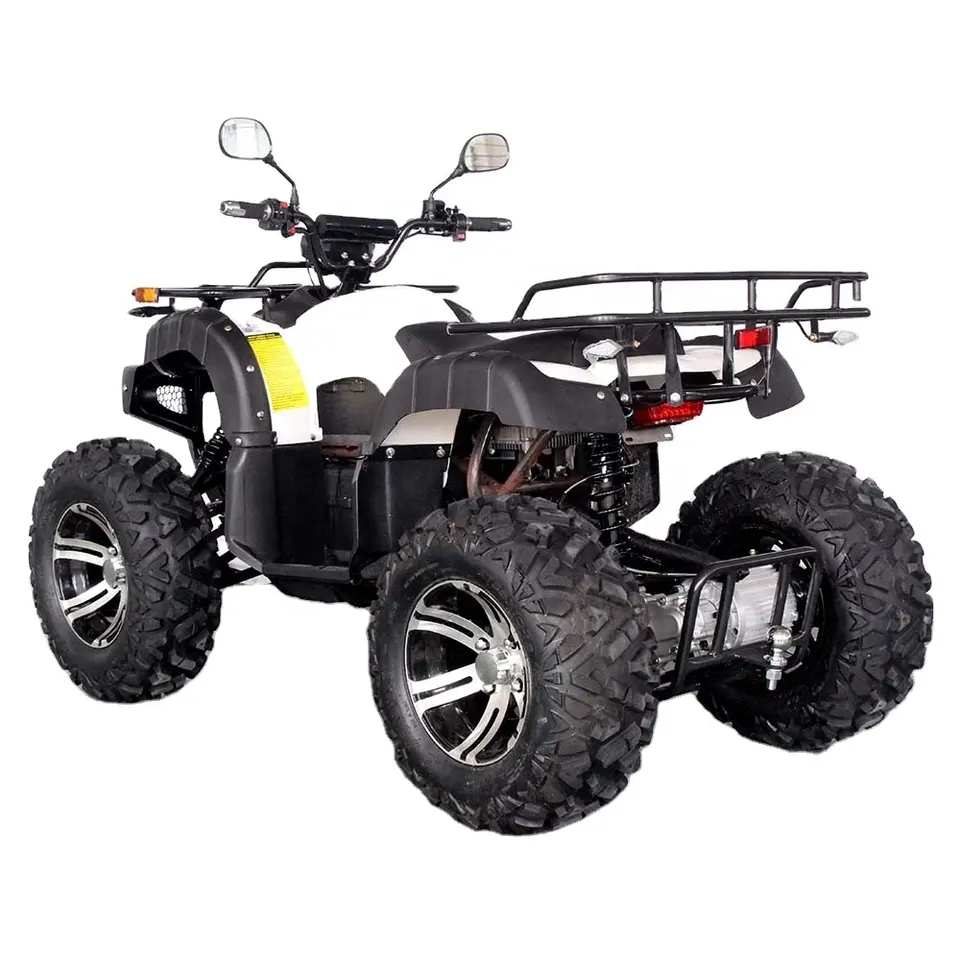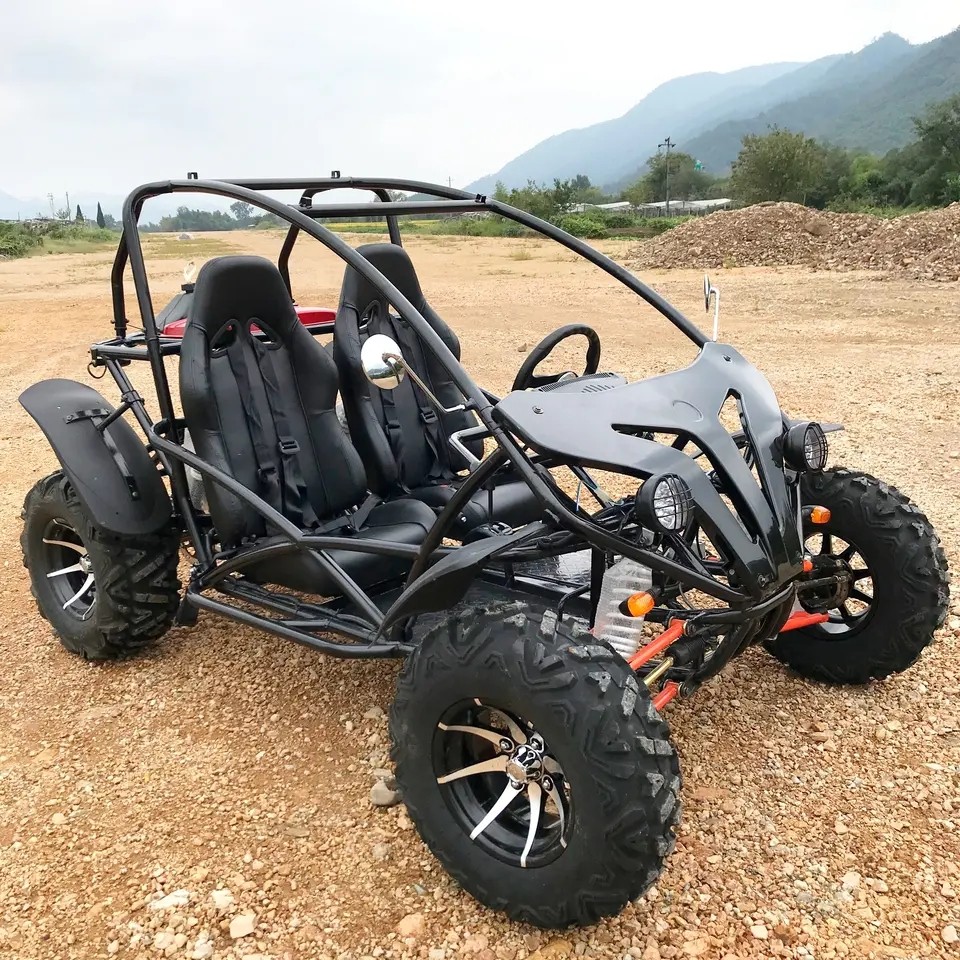Author:Date:2023-5-31

In the realm of adventure and outdoor sports, both ATVs (All-Terrain Vehicles) and UTVs (Utility Task Vehicles) have garnered significant attention. While they are both four-wheel-drive vehicles, there are crucial differences between ATVs and UTVs. Let's delve into the details of these two vehicles and their respective applications.
Let's begin with ATVs. ATVs are typically referred to as single or double-seat vehicles with four low-pressure large tires. They are designed to prioritize intense off-road experiences and high-speed driving. ATVs often feature single-cylinder engines, a lower center of gravity, excellent suspension systems, and maneuverability, making them suitable for quick navigation on rugged and narrow terrains. ATVs are operated similar to motorcycles, with riders controlling steering through body movement. Due to their relatively smaller size and agility, ATVs are immensely popular for off-road competitions and recreational riding.

On the other hand, UTVs focus more on utility and multifunctionality. UTVs typically come with multiple seats, accommodating two to six individuals, and provide larger cargo and seating space. Compared to ATVs, UTVs have longer and wider bodies and are equipped with safety features such as driver enclosures, doors, and seat belts. UTVs often come with multi-cylinder engines, offering more power output and torque. They also feature more sophisticated suspension systems, making them better suited for traversing harsh terrains. UTVs are commonly equipped with storage spaces and trailer hitches, making them ideal for agricultural, industrial, hunting, and recreational activities.

Moreover, there are differences in the usage of ATVs and UTVs. Due to their smaller size and agility, ATVs are better suited for navigating narrow and rugged terrains, allowing riders to maneuver through tight trails. The suspension systems and maneuverability of ATVs make them excel in off-road competitions and extreme sports. On the other hand, UTVs are ideal for transportation, carrying loads, and group activities. With their larger cargo capacity and seating capacity, UTVs can accommodate multiple passengers and haul more items.
In summary, ATVs and UTVs differ in terms of design, functionality, and application, making them suitable for different scenarios and requirements. If you seek high-speed driving, intense off-roading, and individual recreational experiences, an ATV might be the right choice for you. However, if you require a versatile and utility-focused vehicle for transportation, hauling, or group activities, a UTV is more suited to your needs.
It is important to note that regardless of whether you choose an ATV or UTV, safety regulations and operating guidelines should always be followed. Wearing appropriate safety gear, such as helmets, protective equipment, and seat belts, and adhering to prescribed driving speeds and routes are essential. Additionally, being aware of local regulations and restrictions ensures legal usage of these vehicles.
In conclusion, ATVs and UTVs exhibit distinct differences in design, functionality, and application. ATVs emphasize high-speed driving and intense off-road experiences for individual recreation, while UTVs prioritize utility and multifunctionality for transportation, hauling, and group activities. Choose the vehicle that suits your specific needs and always prioritize safe driving practices.
↓Next [ DC EV Charger Installation Demo ]









